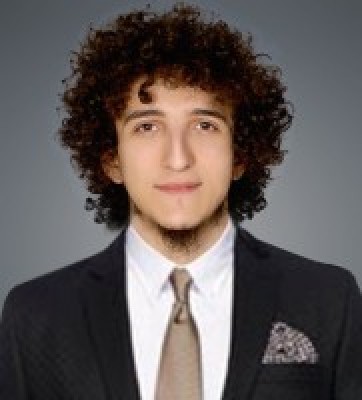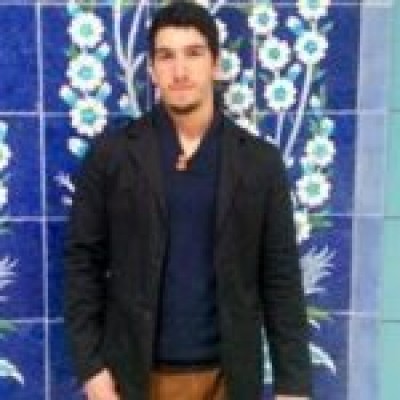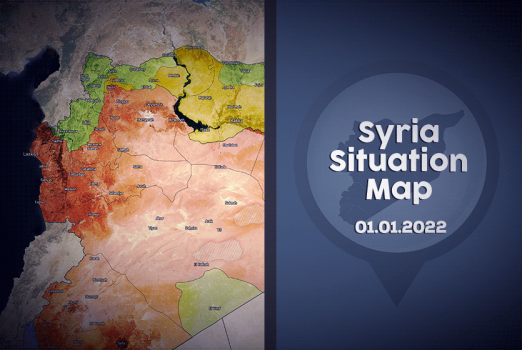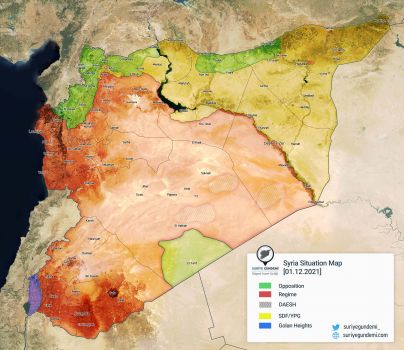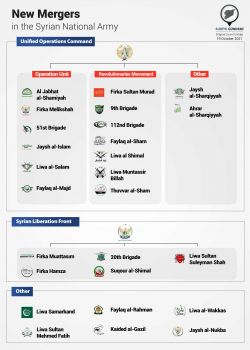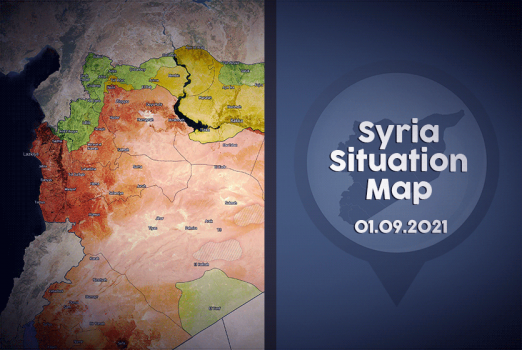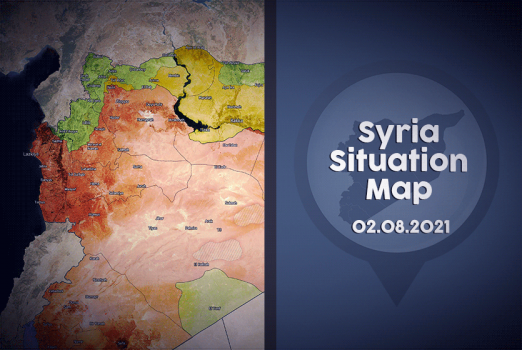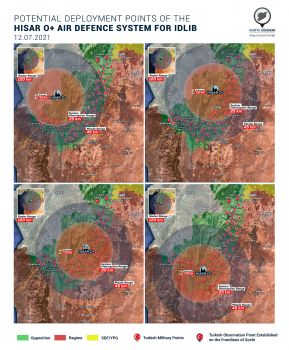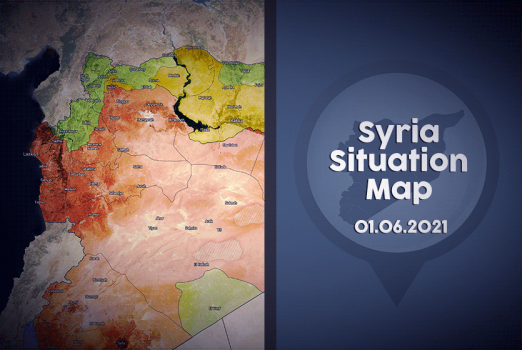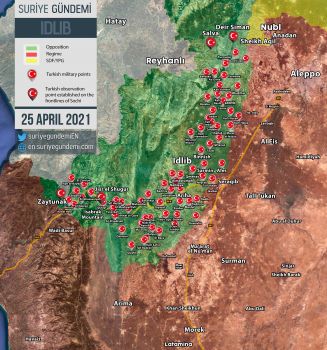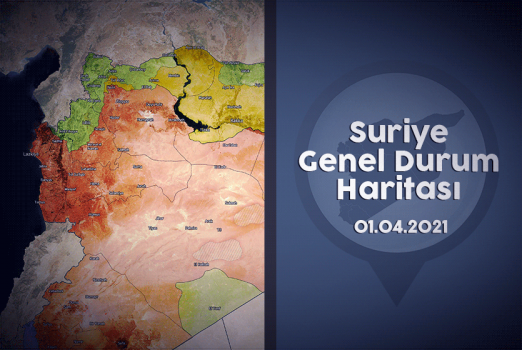Turkey’s strategy to make Idlib ‘green’ again and to bolster the armed opposition against a possible future offensive by the Assad regime backed by Russia and Iran is continuing.
In this context, Turkey has established a new ‘train & equip’ program for the rebels in Idlib, mainly the Syrian National Army (SNA). For example, Liwa al Shimal, the 111. Brigade of the SNA has currently 600 fighters in Idlib. 300 of them are trained in the Batbo base and the other 300 are trained in the Kafr Nasah base.
In total, Turkey has 48 bases in opposition-controlled areas of Idlib but it is not clear if all of the bases have such a training program. If all of the bases are used for training, a total of 14,400 of fighters are been trained
Despite the arrival of thousands of SNA fighters in Idlib over the recent period, most of them aren’t visible in Idlib’s daily life and HTS continues to dominate the region. This is due to the Turkish decision to avoid a confrontation between the Turkish-backed opposition and HTS while the first is weak.
Turkey has used the momentum in Idlib to inject the SNA into Idlib, but apparently, Turkey wants to build up a proper fighting force directly under the command control of Turkey.
Turkey is using its new military bases to build up a solid, structured, and trained force to balance the extremists in Idlib and to fight off against a possible future regime offensive.
The Turkish ‘train & equip’ program does not only include the first three legions of the SNA, but also the NLF of the SNA.
With this training program, the NLF in Idlib will be bolstered with the SNA and the NLF will become more structured to implement the unification process which was torpedoed by the clashes in Idlib with the Assad regime.
The training program includes discipline training, physical exercise, and military training with weapons followed by an ideological training based upon the principles of the SNA set by the Moral Guidance Office of the SNA.
This step in line with the recent steps taking by the Turkish military indicated that Turkey is aiming to transform Idlib into a de-facto safe zone. During the Operation Spring Shield, Turkey had used an ‘air-denial’ strategy against the regime forces. The deployment of MANPADS into Idlib and Atilgan air-defense systems has denied regime helicopters to fly over Idlib. Other regime air vehicles such as SU-24 an L-39 were shot down by the Turkish air force without crossing into the airspace over Idlib.
Additionally, Turkey has destroyed eight regime-operated Russian air defense systems during its drone campaign against the Assad regime weakening the regime air-defense capabilities.
Since the announcement of a ceasefire in Idlib on March 5, the Turkish army has strengthened its position in Idlib by further fortifying its bases, creating new bases, and sending additional reinforcements to the region. Most importantly, Turkey has deployed the HAWK air defense systems into Idlib. The most advanced operable air-defense systems Turkey has. With this deployment, Turkey’s ‘air denial’ strategy expanded from the low-attitude to the mid-attitude flights as well. However, high attitude flights still require the involvement of Turkish F-16 fighter jets.
Ömer Özkizilcik

